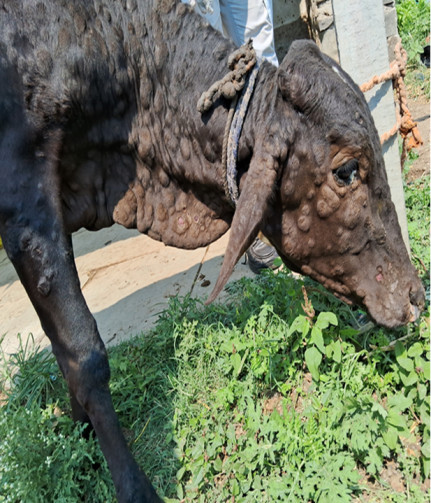Methylene Blue has broad-spectrum virucidal action in the presence and absence of light and has been demonstrated to be effective at inactivating a variety of viruses. The antiviral activity appears to rely on various pathways and is more effective against enveloped viruses (as in case for viruses belonging to the family of Poxviridae).
Methylene blue is an FDA (Food and Drug Administration) and EMA (European Medicines Agency) approved drug with an excellent safety profile. It displays broad-spectrum virucidal activity in the presence of UV light and has been shown to be effective in inactivating various viruses in blood products prior to transfusions. MB antiviral activity is based on several mechanisms of action as the extent of genomic RNA degradation is higher in presence of light and after long exposure.
MB is known to corrupt viral DNA or RNA integrity. This is due to a redox reaction in which the molecule accepts electrons on its aromatic thiazine ring, thus being reduced to leuko-methylene blue (MBH2) which in turn transfers electrons to other molecules such as nucleic acids. Moreover, MB in combination with oxygen and a source of energy results in the production of singlet oxygen, a highly reactive reaction partner which induces guanine oxidation [8-oxo-7,8-dihydroguanine (8-oxoGua) lesions] damaging DNA or RNA.
Other mechanisms include but are not limited to (a) modified carbonyl moieties on proteins, (b) single-strand breaks in the RNA genome and (c) RNA–protein crosslinks, all lesions correlating well with a broad-spectrum virucidal activity. In addition to nucleic acid damaging activity, MB was shown to inactivate viruses such as HIV by targeting also the viral envelope and core proteins.
Oral treatment with 0.1% Methylene Blue (MB) solution (1 gram of MB powder in 1 liter of water) may be considered by the Veterinarian. Following dosage may be attempted: o Adult cows (of approximately 350 Kg body weight): 300 ml at 8 hourly interval (thrice in a day) for 4 days.
MB solution/Preparations may also be used topically (eg. by spray), followed by sunbath for effective antiviral activity.

